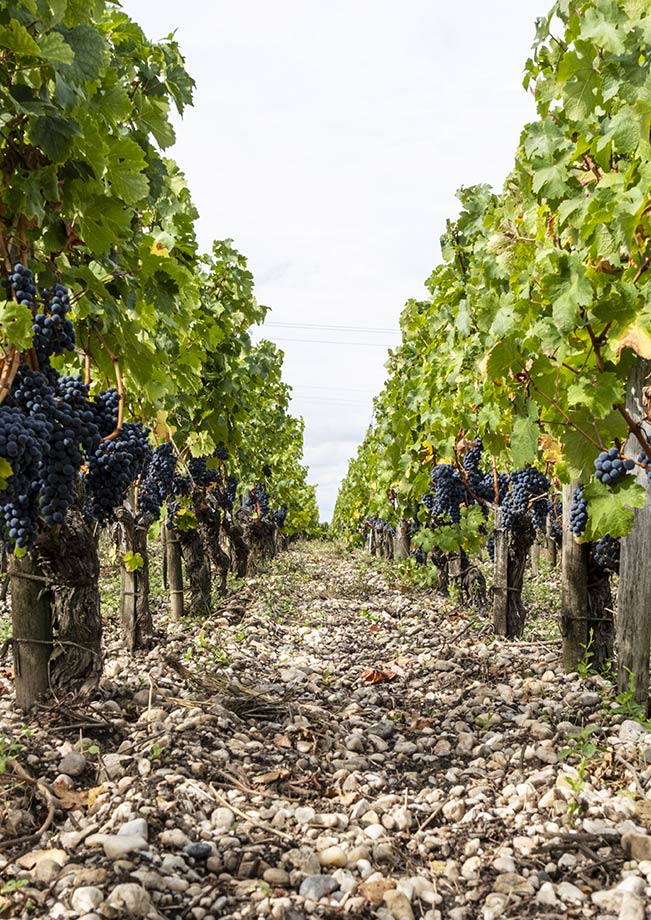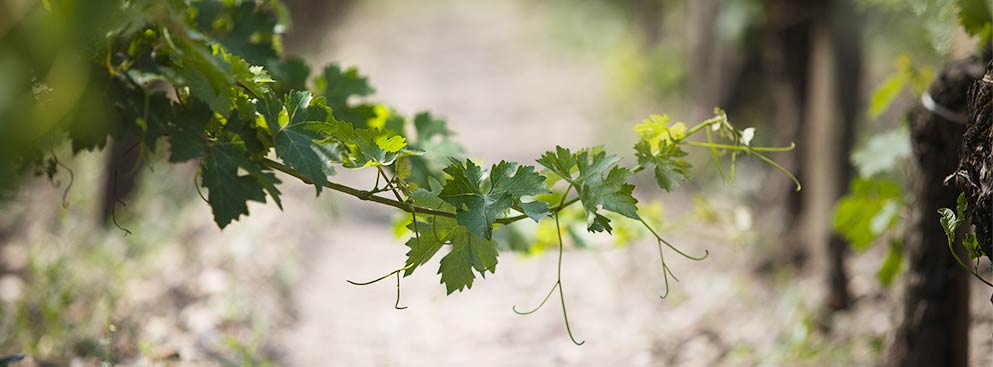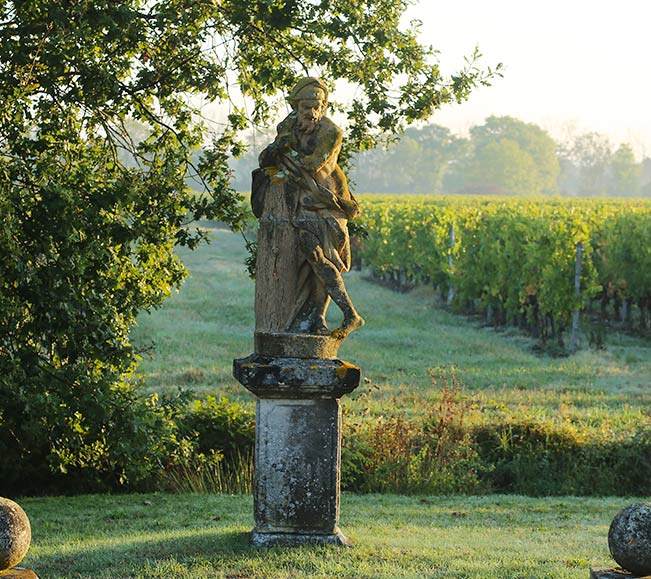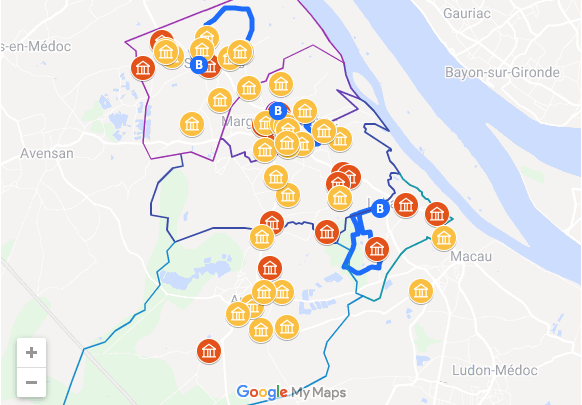Discover the Margaux appellation

Discover the Margaux appellation
An outstanding terroir
It is no coincidence that 21 of the 61 crus in the famous 1855 classification are in Margaux.
A winegrowing terroir is the combination of three inseparable elements: the climate, the soil and the vines.
Positioned between the ocean and the estuary, the Margaux region benefits from a temperate oceanic climate which is mild in the winter and sheltered from summer heatwaves; it is conducive to slow ripening of the grapes, thereby contributing to the famous finesse of Margaux’s wines.
Margaux’s vines are planted on gravelly hilltops, that were formed by erosion. They developed from alluvium carried down from the Pyrenees by the Garonne during the ice age in the Quaternary period.
This type of soil, known as graves, consists of gravel and pebbles mixed with various amounts of clay and sand, on top of on an older, predominantly clay or limestone subsoil, dating from the Tertiary period.
These characteristics oblige the vines to develop extensive roots to draw water and nutrients from deep within the soil, thereby favouring the production of high-quality grapes.
Thanks to their understanding of the potential of this ecosystem, the appellation’s winegrowers have succeeded in making their wines among those most appreciated by connoisseurs.
Take advantage of your stay to meet local winegrowers and participate in the activities available in the appellation.
Our vineyards and grape varieties
Margaux’s 1500 hectares of vines are spread over the communes of Arsac, Labarde, Margaux-Cantenac and Soussans. Planted on the gravelly hillsides bordered to the east by the estuary marshes and to the west by the forests of the sandy Landes plateau, the first vines were planted in Gallo-Roman times.
The Carmenère and Malbec (or Cot) authorised for Margaux appellation wines have been largely abandoned, making way for the four grape varieties that now dominate Margaux’s vineyards: Cabernet Sauvignon, Merlot, Cabernet Franc and Petit Verdot.

CABERNET SAUVIGNON
MERLOT
CABERNET FRANC
PETIT VERDOT
Margaux’s history
Vines were first planted in the Gallo-Roman era, gradually forming an area that, a few centuries later, would be officially designated as the Margaux appellation d’origine contrôlée (AOC) on 10 August 1954.
In those ancient times, the Roman poet Ausonius is said to have enjoyed the thermal baths in Margaux. However, it was not until the 17th century, when formidable drainage works were carried out in the Médoc by Dutch engineers on the initiative of King Louis XIII, that high-quality vineyards were established around the seigneuries and the Priory of Cantenac. Since the 18th century, Margaux’s wine has enjoyed an exceptional reputation. Over hundreds of years, farmers gradually took the place of the grand seigneurs and the vineyards in the Margaux region were recognised in 1954 as an appellation communale (i.e. an appellation consisting of a single commune).
Since then, the vineyards have spread to cover just over 1,500 hectares, with properties ranging in size from less than 1 hectare to a little over 120 hectares, with an average of 24 hectares. This disparity in size is the reflection of a family involvement and approach to winegrowing that has characterized the history of Bordeaux’s vineyards over several generations. Until the 19th century, most of the great wines in the appellation were named after the big wine-producing families. In the 20th century, the Ginestet, Lurton, Lichine, and Zuger families among many others played major roles in establishing and consolidating Margaux’s international reputation.

